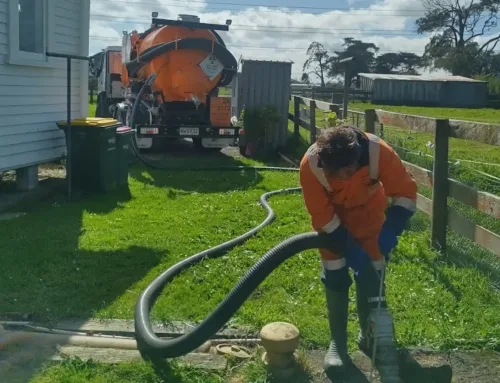Our Reclaim Waste Statements
Our Reclaim Waste Statements
Blog Article
The Ultimate Guide To Reclaim Waste
Table of ContentsThe 5-Minute Rule for Reclaim WasteOur Reclaim Waste IdeasSome Known Details About Reclaim Waste The Best Guide To Reclaim WasteThe Ultimate Guide To Reclaim Waste
Explore the kinds, incidents, and forms of fluid waste. Residential sewer waste describes the waste and items from a property septic system. This kind of waste is created by human beings in residences, institutions, and various other buildings. This only includes septic storage tanks that have a drainpipe field. The appropriate administration and disposal of domestic sewer waste call for fluid waste to be transferred to a sewage treatment plant where the appropriate approaches and equipment are put on detoxify and dispose of waste.
Business waste frequently consists of possible dangers, such as combustible products or a mix of fluid and strong waste items, and needs an extra sophisticated and detailed disposal process. The disposal of commercial waste commonly involves the purification of waste before transport to make certain safe and correct disposal. Hazardous waste is created from results and drainage of commercial procedures and manufacturing.
This kind of waste can not make use of the very same sewer management transportation or processes as septic or industrial fluids. The hazardous waste administration procedure requires the inspection and testing of fluid waste before it undergoes the disposal procedure (liquid waste removal melbourne). Drainage waste is the fluid waste that comes from drainage and excess stormwater in very booming locations or cities
Runoff waste can cause contamination and flooding if not managed effectively. Making sure appropriate waste management can prevent disasters and reduce ecological harm.
Reclaim Waste - The Facts
Contact PROS Services today to learn more about our waste administration and disposal solutions and the correct methods to take care of the liquid waste you generate.
(https://reclaim-waste-f27e88.webflow.io/)This so-called 'wastewater' is not only an essential source yet, after treatment, will be launched to our land, waterways or the ocean. Used water from toilets, showers, baths, cooking area sinks, washings and commercial processes is understood as wastewater.

water made use of to cool machinery or clean plant and tools). Stormwater, a form of wastewater, is runoff that moves from farming and city areas such as roofs, parks, gardens, roads, courses and rain gutters into stormwater drains, after rain. Stormwater moves untreated directly to neighborhood creeks or rivers, at some point getting helpful site to the ocean.
The Basic Principles Of Reclaim Waste
In Queensland, a lot of wastewater is dealt with at sewage therapy plants. Wastewater is transferred from domestic or commercial sites via a system of sewage systems and pump stations, called sewage reticulation, to a sewage treatment plant. City governments construct, preserve and operate most sewer treatment plants. Operators are certified under the Environmental Security Act 1994 to release cured wastewater at an acceptable ecological requirement into rivers.
The Department of Natural Resources encourages neighborhood federal governments about handling, operating and maintaining sewage systems and therapy plants. In unsewered areas, local federal governments might require householders to set up individual or house sewer therapy systems to deal with residential wastewater from toilets, cooking areas, washrooms and washings. The Division of Natural Resources authorises the use of house systems when they are shown to be effective.
In some brand-new subdivisions, treatment of some stormwater to eliminate litter, sand and crushed rock has started utilizing gross toxin catches. Wastewater treatment takes place in 4 stages: Removes solid matter.
Wastewater then moves right into large tanks where solids resolve and are eliminated as sludge. Oil and scum are skimmed from the surface area. Makes use of little living microorganisms understands as micro-organisms to break down and remove continuing to be dissolved wastes and great bits. Micro-organisms and wastes are incorporated in the sludge. Removes nitrogen and phosphorus nutrients that could create algal blooms in our waterways and intimidate aquatic life.
Reclaim Waste for Beginners
Nutrient removal is not available at all sewer therapy plants due to the fact that it requires pricey specialist equipment. Clear fluid effluent produced after treatment might still consist of disease-causing micro-organisms - industrial wastewater treatment.

The majority of wastewater moves right into the sewerage system. Under the Act, local federal governments provide authorizations and licences for environmentally relevant tasks (Periods) involving wastewater launches that might have a neighborhood impact.
The 10-Second Trick For Reclaim Waste
Tracking offers accurate information about water quality and can confirm that licence problems are being fulfilled. The details gotten via monitoring provides the basis for making water top quality choices.
Report this page